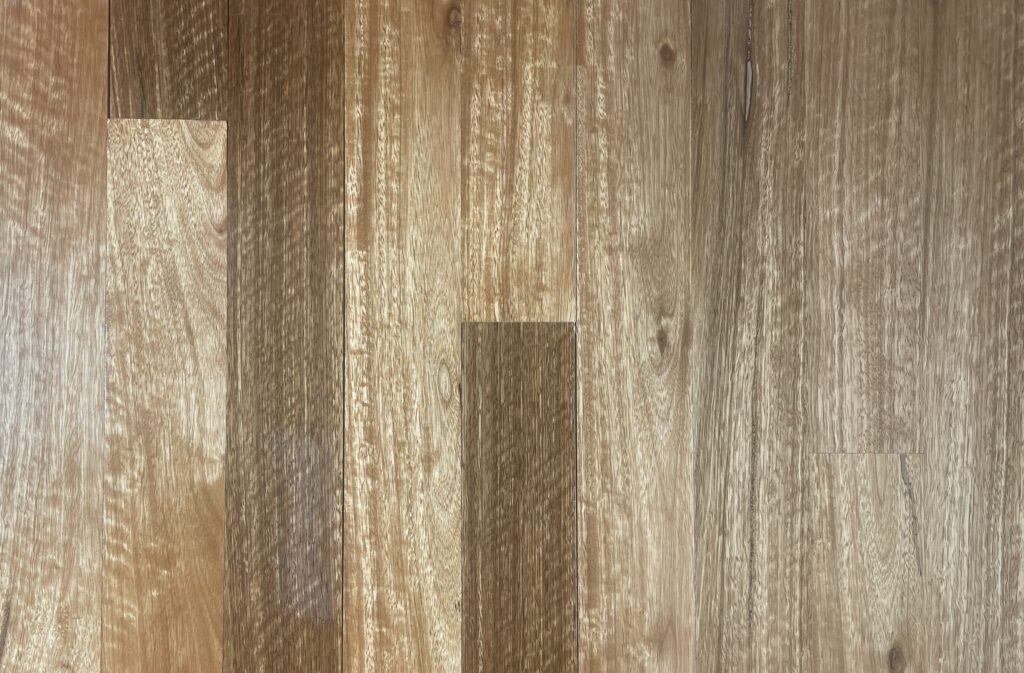
Timber Suppliers in Brisbane: All About Spotted Gum
This is another installment of our educational series about various timbers. Today we will talk about Spotted Gum.
Spotted Gum is another Australian hardwood with a distinctive “look.” It is known for its strength and durability, making it popular for structural use and a plethora of applications, both interior and exterior. Its grain structure is sawn-back and it has a lot of attractive colours and markings. This makes it attractive to designers and engineers, not only in Australia, but around the world.
Spotted Gum is not actually one species, but four. They grow along the East Coast from Northeast Victoria to northern Queensland. Spotted Gum also grows in select areas of Western Queensland. Sawn timber harvested from Spotted Gum is readily available across Australia. Spotted Gum trees are straight and slender with smooth bark that tends to shed in “spots,” giving them their appearance and subsequent name.
The heartwood from Spotted Gum runs from light brown colours to dark red-brown colours. When the grain is wavy, it can provide a “fiddle-back” appearance. Thanks to natural resins and oils, Spotted Gum has a texture that has been described as “greasy.” This makes it a lot more receptive to machining and boring.
When Spotted Gum is 18 mm thick or thicker, it doesn’t require any treatment in bushfire prone area.
Spotted Gum is used for a host of applications due to its strength, durability and workability. Engineers use it for railway sleepers, bridge and wharf construction, mining timbers and cross-arms. In buildings, it can be used as posts, poles, framing, cladding, decking and flooring.
Spotted Gum can also be used in plywood and veneer. It is also used for tool and implement handles, diving boards, polo sticks and boat building. It doesn’t have a lot of tannins and is seen as a “non-staining timber.” Thanks to its workability, it is also great for woodturning and carving.
Spotted Gum Timber Flooring in Brisbane or Sydney
We carry Spotted Gum T&G boards for timber flooring. To learn more, call Narangba Timbers today on 1300 477 024.